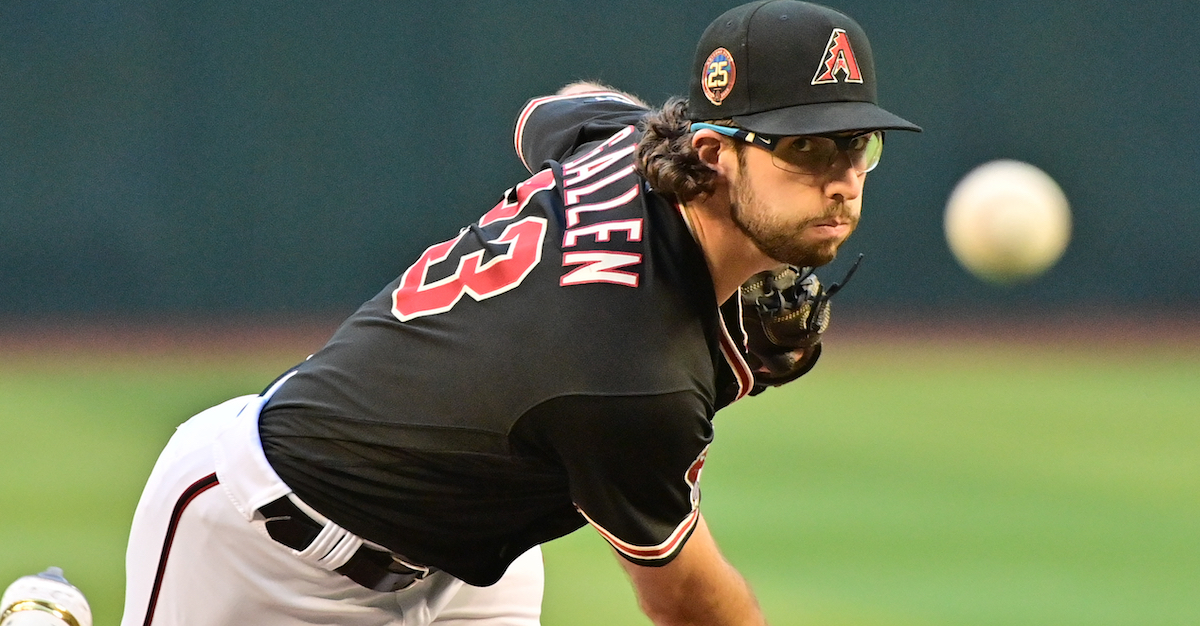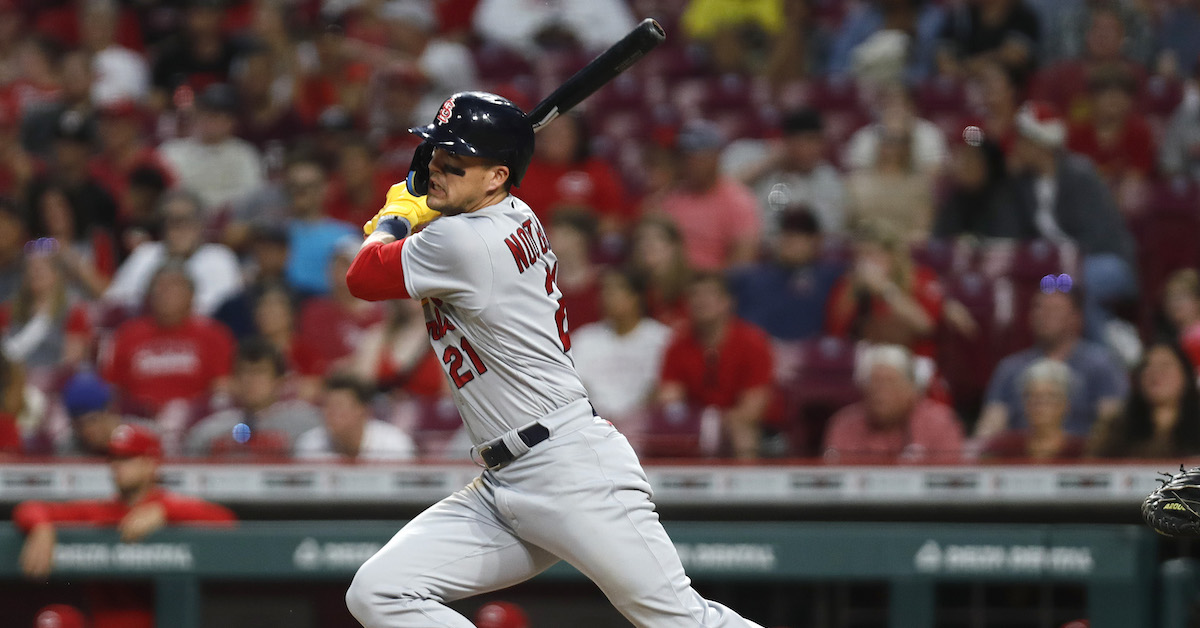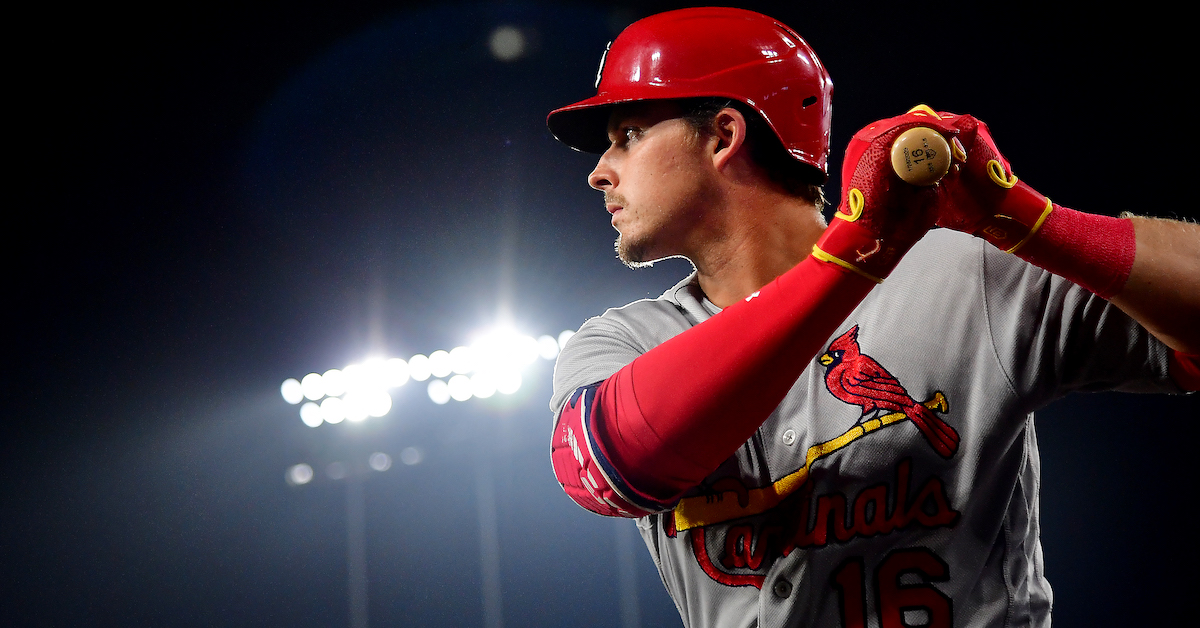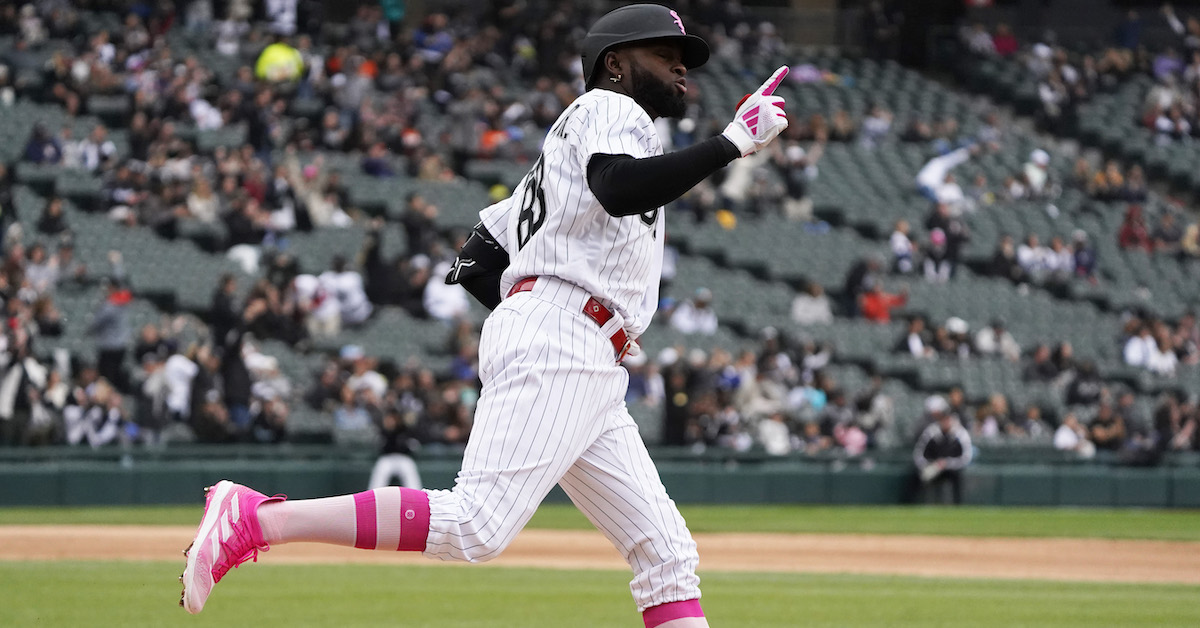Zac Gallen Is the Same as He Ever Was

Diamondbacks righthander Zac Gallen is one of those guys who’s always trying to improve. That’s true of almost all pro athletes, these hypercompetitive oddballs constantly in search of new ways to get one over on an opponent. But Gallen, famous for his methodical catch play and insatiable appetite for information, embodies the stereotype more than most.
One skill the 27-year-old Gallen has honed for 2023: managing ticket requests from family. On Wednesday afternoon, Gallen makes his third career start at Citizens Bank Park, less than six miles from his high school baseball field in Pennsauken, New Jersey. So whenever he comes to Philadelphia, there are obligations to meet.
“I think it’s on the tamer side for the most part, but my mom’s side of the family is huge so it’s still a good chunk of tickets for sure,” he says. “Every year when we come back and I’m pitching, I’m trying to get better at managing all the extra stuff that comes with playing in your hometown.” Read the rest of this entry »








